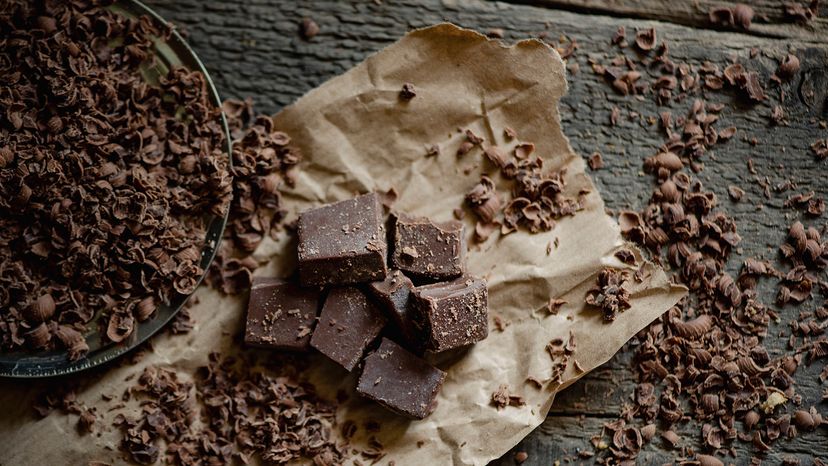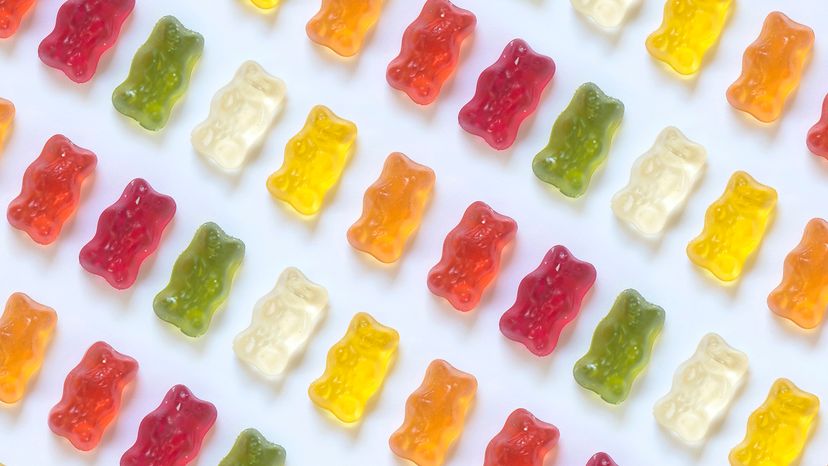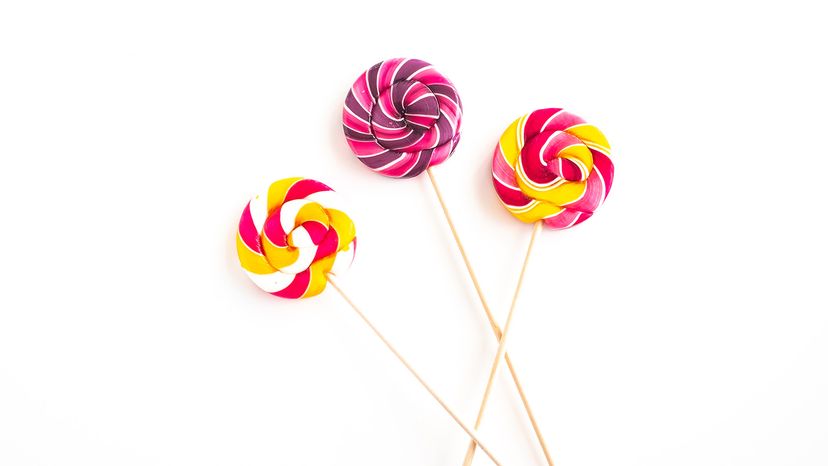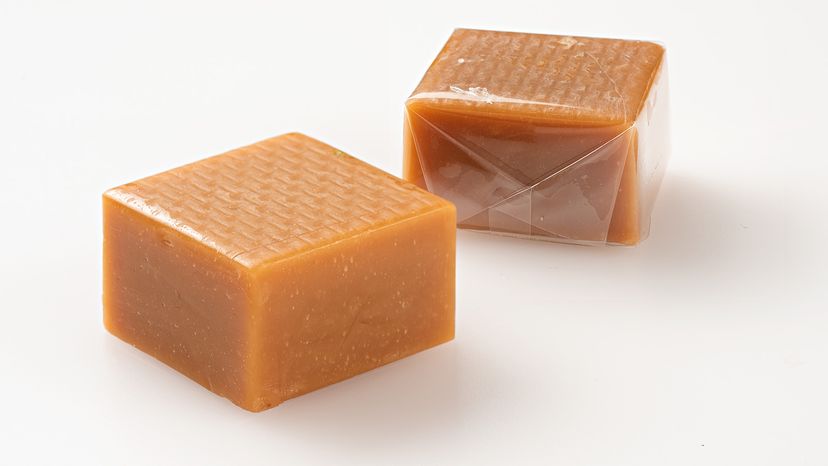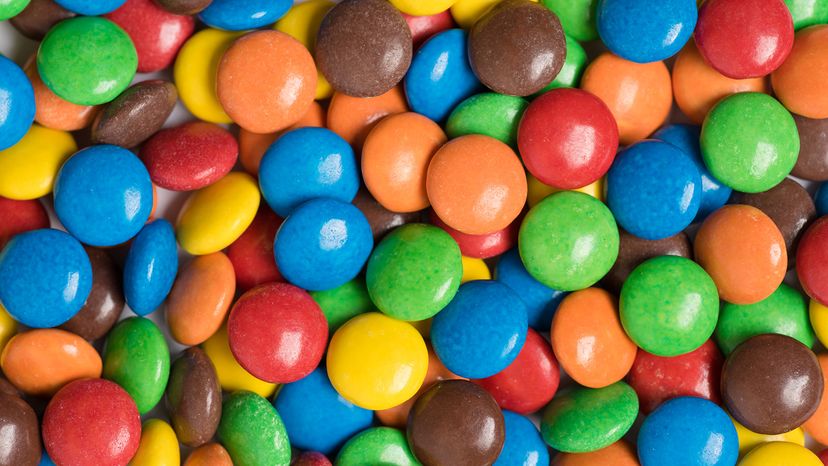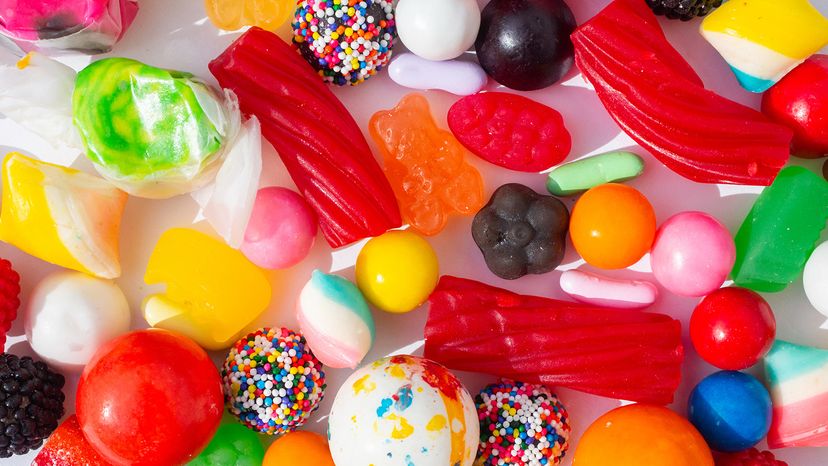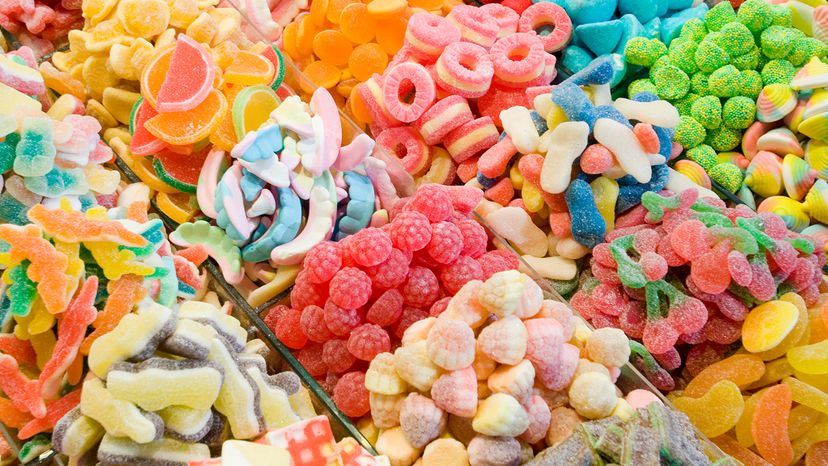
Candy is science you can eat. It's the result of chemistry, physics and even a bit of engineering. Determining different types of candy depends on how sugar is heated and cooled, what it's mixed with and how it's shaped.
Whether you're reaching for something fruity, chocolaty or chewy, your choice of candy reveals more than your sweet tooth. It hints at a world of food science and cultural taste.
Advertisement
Let's bite into the most popular types of candy and see what makes each so unique.
